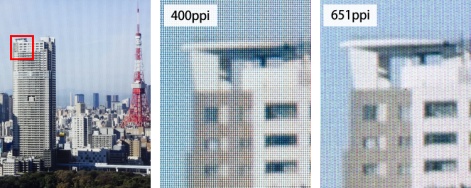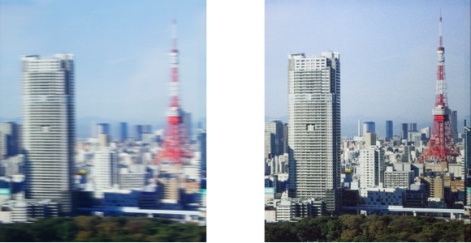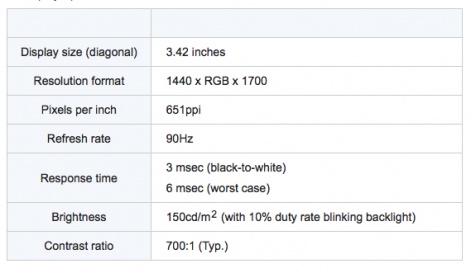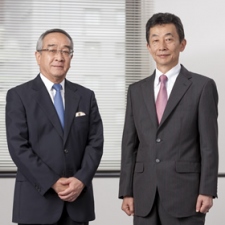Japan Display Inc (JDI) has announced the development of a 3.42 inch low temperature polysilicon (LTPS) TFT LCD specifically designed for VR and started sample delivery.
The new LTPS TFT LCD provides the required display performance and characteristics for VR applications, including ultra-high resolution, high-speed response time, high refresh rate, and blinking backlight. These features enable the new VR-HMD LCD to show more life-like images and create a more immersive experience than other VR-HMD displays currently available in the market.
In a press release, JDI claims that currently available displays, “Do not satisfy the required level of ‘VR quality’ in terms of resolution, response time and motion quality because they are not designed for VR applications but instead for smartphones.”
Ultra-High Resolution
Since a VR-HMD has lenses between the user’s eyes and the display, which magnifies the display image, the user's eyes can see the structure of pixels when smartphone-type displays are used. This spoils the feeling of reality and sense of immersion. JDI has developed an ultra-high resolution display with 651Pixels Per Inch (PPI), with which the user can hardly see the pixel structure. JDI plans to develop and start sample shipments of an even higher resolution 800ppi display next.

Suppression Of Motion Blur
Since there are many cases in which objects move quickly on a VR display, motion blur can be a major problem. In order to suppress motion blur, JDI has employed a high refresh rate of 90Hz, a high-speed IPS LCD with response time 3 msec (black-to-white), and blinking backlight technology (with a 10% duty rate, typical).

Improved System Latency
JDI's VR display has a high refresh rate and a high-speed IPS LCD, which contributes to shorten the latency of the display, which is a significant part of the overall system latency.

JDI was formed in 2012 through the consolidation of the display panel businesses of Sony, Hitachi and Toshiba.













